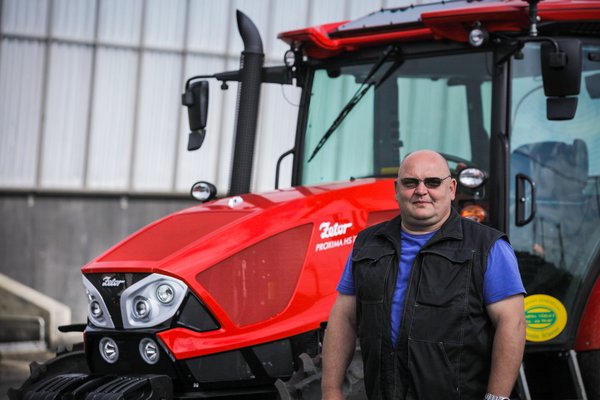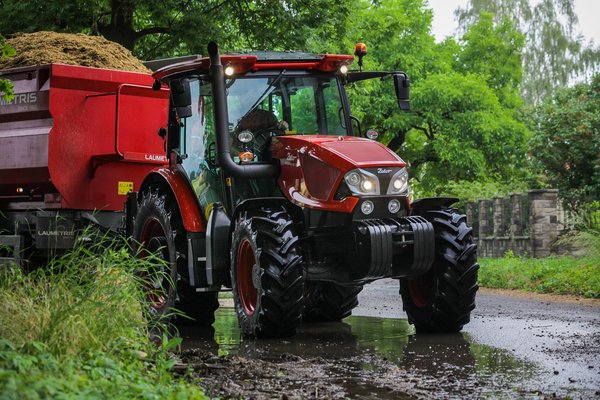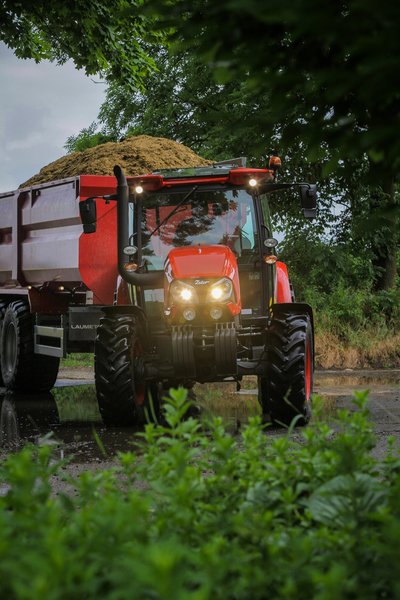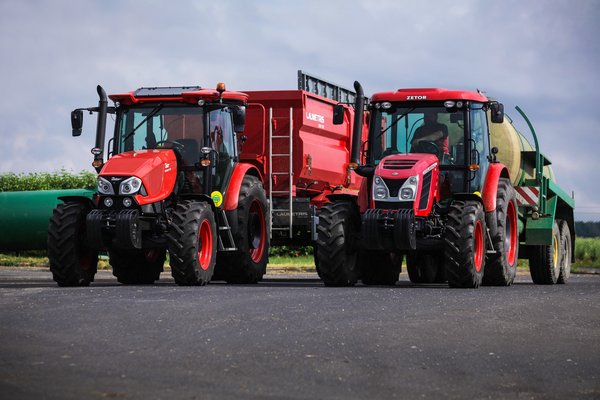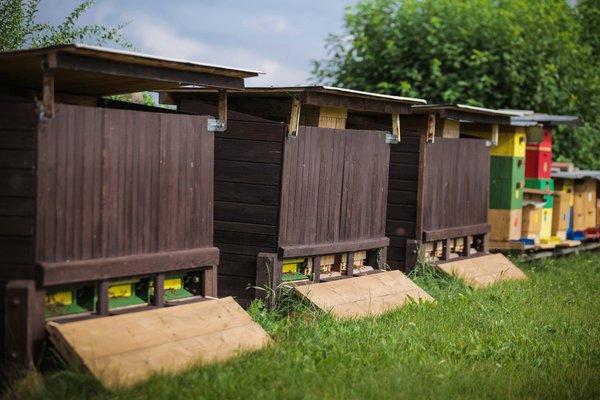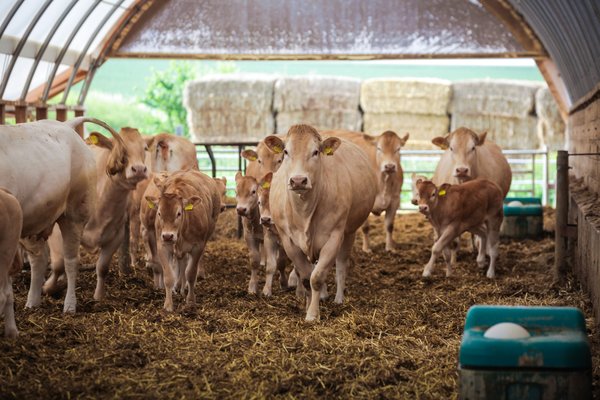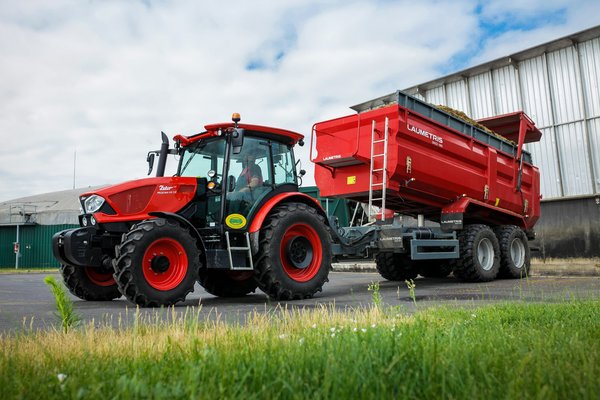- Your Stories
- Proxima
- 7.10.2021
PROXIMA HS and renewable energy resources
Přihlášení
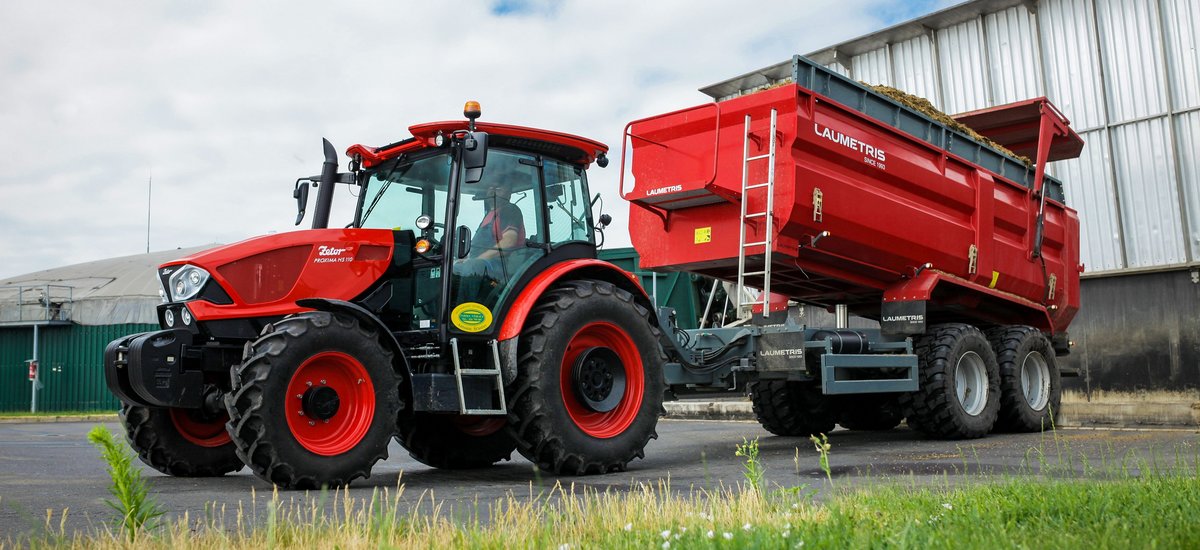
The family farm of Antonín Šťastný is located in Julčín, Ústecký Region. Mr Šťastný has been farming the land since 1991. A year later, he started to breed beef cattle of the Blonde d´Aquitaine breed. The herds feed on pastures from spring to autumn; in the winter, the cattle is kept loose in stables. Forage used on the farm comes from their own resources. The farm also runs its own meat cutting room. Apart from cattle, the farm also keeps bees (producing their own honey) and pigs of the Mangalica breed. Part of the premises is also a biogas plant. During our visit, we were hosted by the plant’s manager, Mr Petr Horák.
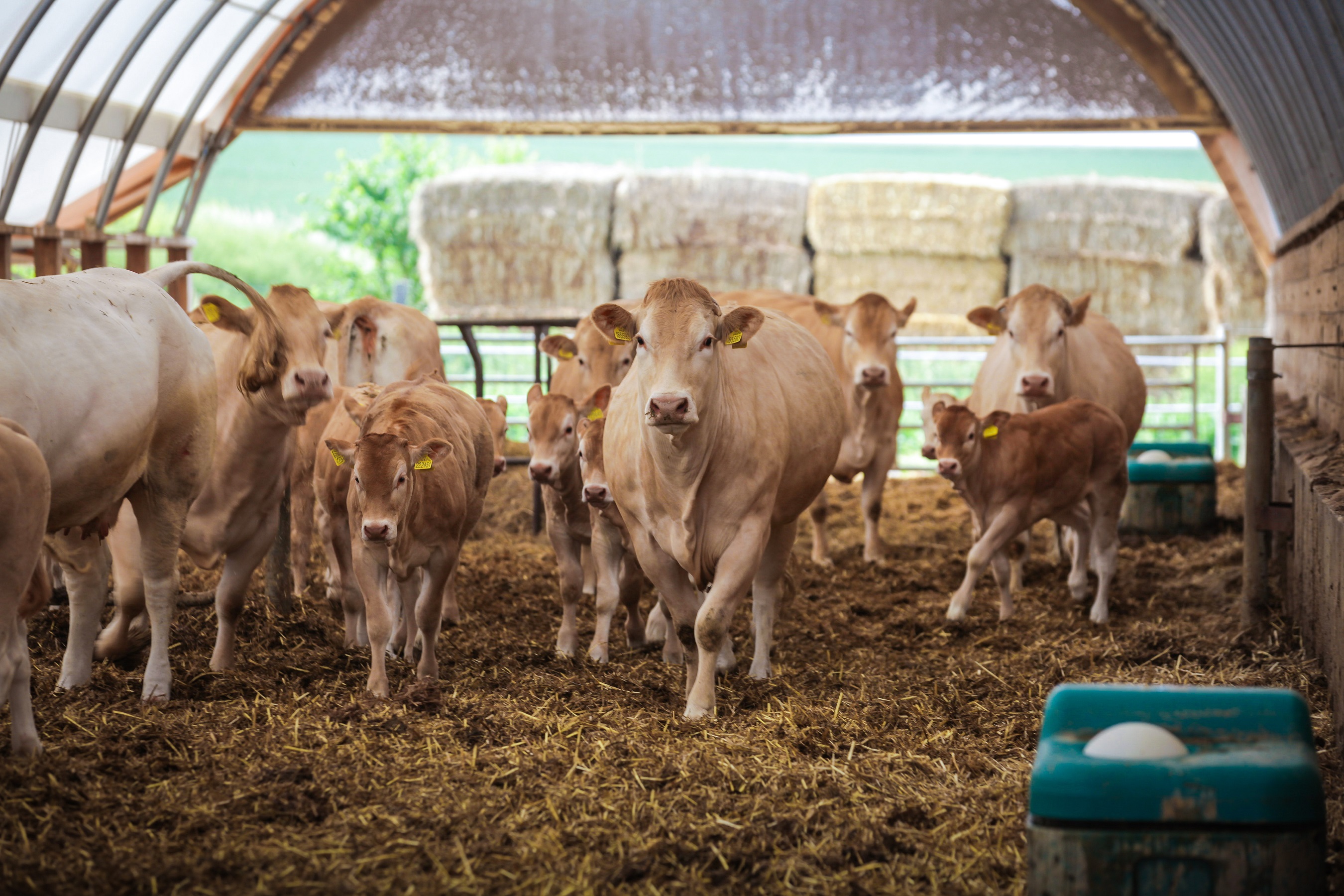
He told us how important ZETOR tractors are in running both the plant and the farm. Tractors are distributed and serviced by ZEMĚDĚLSKÝ SERVIS s.r.o. Třeboutice (which is only 15 km away from the farm). The total of four PROXIMA tractors are used for mowing, snow blading and other kinds of maintenance. Yet, their main job is to transfer biomass from storage houses around the farm to the plant. The most important part is taken by PROXIMA HS 110, which was bought in January 2021. PROXIMA HS offers the highest level of power in the PROXIMA family, featuring 24/24 speeds, a three-stage torque multiplier and the modern PowerShuttle design for increased comfort – changing the direction of travel under load. The tractor excels with an above-average lifting force. The electro-hydraulic system is fitted with the HitchTronic function, which is a unique system for automatic control of the rear three-point hitch. The family of ZETOR tractors on the farm is going to extend soon by PROXIMA HS 120. The family includes also several older ZETORs, e.g. Z 6911, Z 7211, Z 7011, and Z 5011.
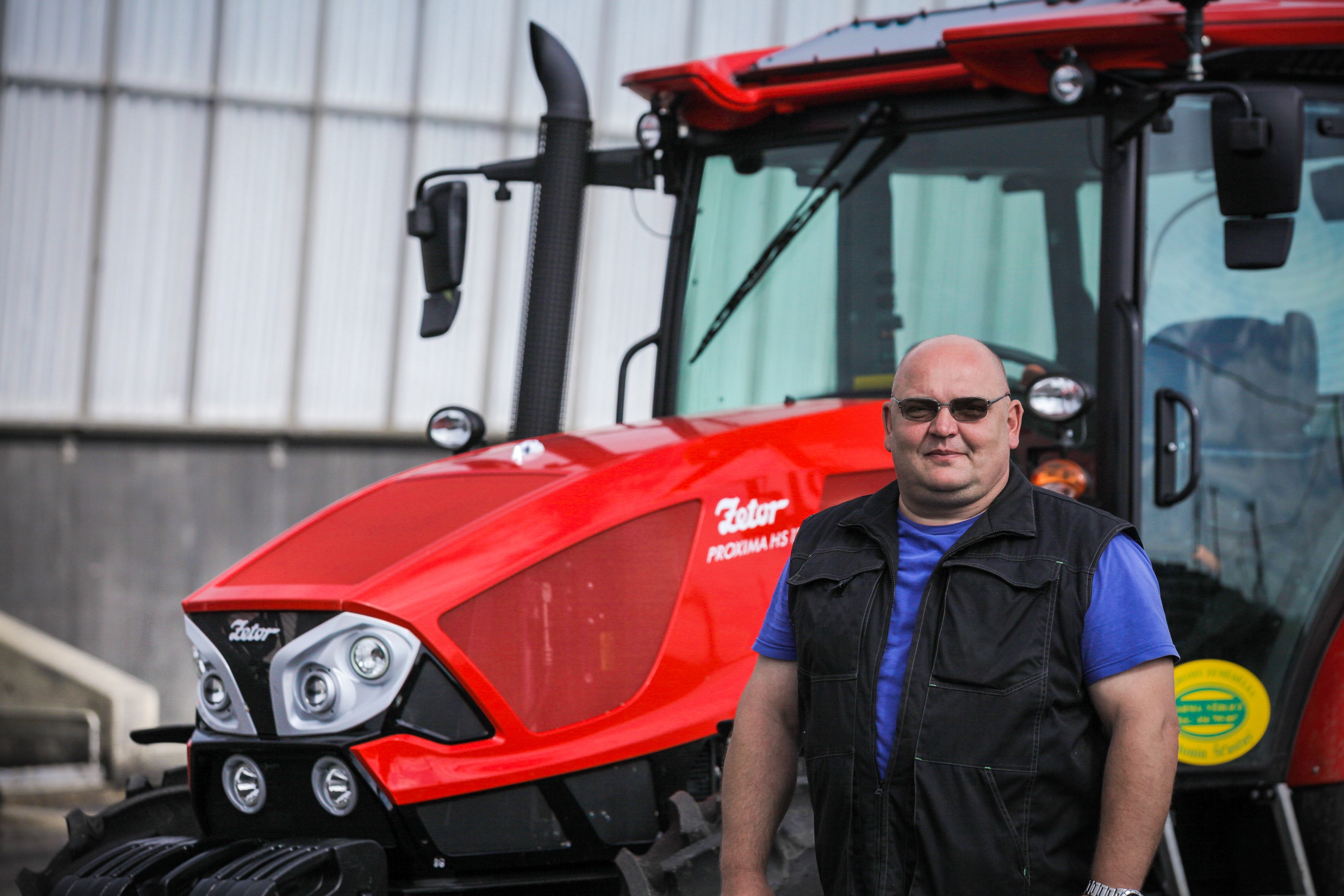
The biogas plant in Julčín operates 24/7. Altogether, it employs 30 permanent members of staff and several part-timers. In short, it is a plant to process biomass (silage, haylage, and corn). The result of processing biomass through fermentation is biogas (approx. from 17-18 % of input mass; most frequently, biogas is used to produce renewable electricity and heat) and digestates that may be used as a high-quality fertilizer (similar to compost). However, the technology to implement slurry and digestates into soil had to be purchased by Mr Šťastný. In this way, the family farms over 2,000 hectares of land. Running a biogas plant is both economical and environment-friendly. It results in reduction of greenhouse gases and, when burnt, biogas emits only little pollutants. Eventually, it is important to say that biogas is one of real renewable resources.
Recommended for you

A tractor that helps saving lives
12.12.2022ZETOR tractors help their owners with a wide variety of work tasks. They prove their versatility, durability, and reliability not…
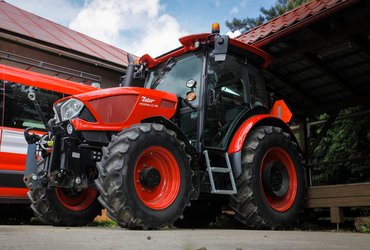
PROXIMA - universal tractor not only for municipal services
8.9.2022The small village of Světnov is located just a few kilometers from Žďár nad Sázavou, surrounded by beautiful nature, typical for…
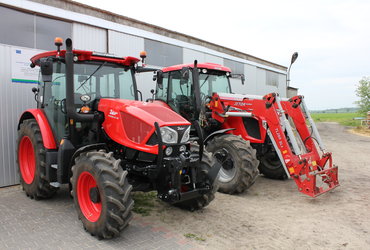
ZETORland
8.7.2022Running a farm nowadays is not easy. It is difficult to plan and predict anything. The weather, the price of grain, farm…
